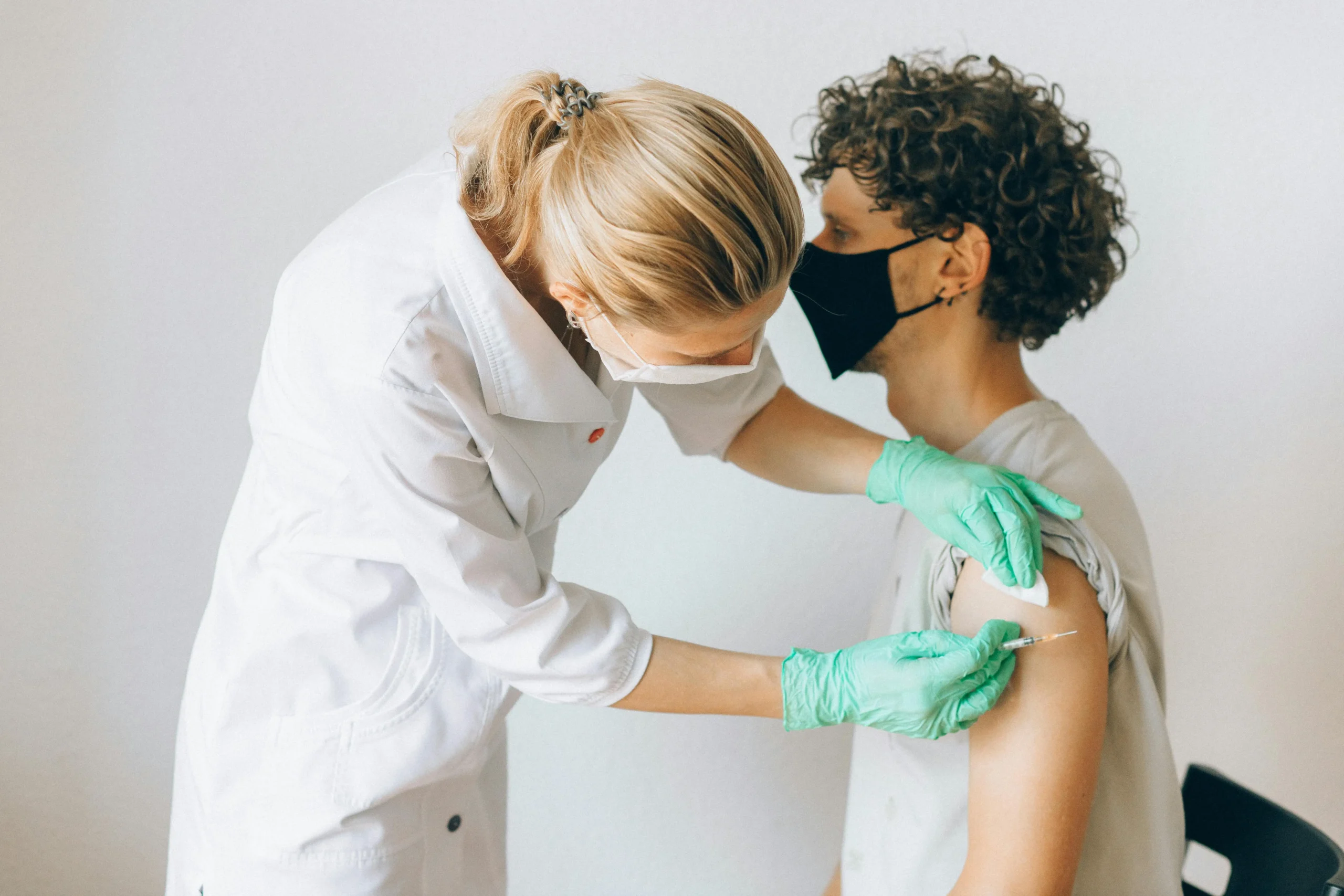Measles is a highly contagious viral illness that can lead to serious health complications, especially in children and those with weakened immune systems. Understanding the signs, treatment options, and prevention strategies can help protect you and your loved ones. In this guide, we cover everything you need to know about measles.
What Are Measles?
Measles is a viral infection caused by the measles virus (also known as rubeola). It spreads easily through the air when an infected person coughs or sneezes, and it can live on surfaces for several hours. Measles remains one of the leading causes of death among young children worldwide, despite the availability of a safe and effective vaccine.
In many cases, measles begins with symptoms that resemble a cold or the flu. However, as the infection progresses, it develops into a more serious condition that can affect the respiratory system, skin, and immune function.
How Measles Spread
Measles is one of the most contagious airborne diseases in the world. The virus spreads primarily through respiratory droplets released when an infected person coughs, sneezes, or even breathes near others. Unlike some viruses, measles can linger in the air or on surfaces for up to two hours, making it especially easy to contract in crowded or enclosed areas.
You can catch measles by:
- Inhaling contaminated air in a room where an infected person has recently been.
- Touching a surface (like a doorknob or handrail) that has the virus on it and then touching your mouth, nose, or eyes.
A person with measles is contagious four days before and four days after the appearance of the rash—meaning they can spread the virus before they even know they’re sick.
This high level of infectiousness is why measles outbreaks can happen quickly, especially in communities with low vaccination rates. In fact, up to 90% of unvaccinated people exposed to the virus will become infected.
Measles Symptoms
Symptoms of measles usually appear 7 to 14 days after exposure to the virus. Early symptoms may include:
- High fever
- Cough
- Runny nose
- Red, watery eyes (conjunctivitis)
- Fatigue and body aches
A few days after these initial symptoms, a distinctive red rash typically appears. It usually starts on the face and spreads downward to the rest of the body. Tiny white spots, known as Koplik spots, may also appear inside the mouth before the rash emerges.
In more severe cases, measles can lead to complications such as:
- Ear infections
- Pneumonia
- Encephalitis (swelling of the brain)
- Severe diarrhea and dehydration
Measles Treatment Options
There is no specific antiviral treatment for measles. Instead, treatment focuses on relieving symptoms and supporting the body as it fights the virus. Common approaches include:
- Getting plenty of rest
- Staying hydrated with fluids
- Using fever-reducing medications like acetaminophen (Tylenol)
- Vitamin A supplements (especially for children)
Hospitalization may be necessary for people with weakened immune systems or those who develop complications.
If you suspect you or your child has measles, contact a healthcare provider immediately. Early diagnosis and care can help prevent complications and reduce the risk of spreading the virus to others.
Measles Prevention Tips
The most effective way to prevent measles is through vaccination. The MMR vaccine (measles, mumps, rubella) is safe and highly effective. It is typically given in two doses:
- The first dose at 12–15 months of age
- The second dose at 4–6 years of age
Additional prevention tips include:
- Avoiding close contact with anyone known to have measles
- Washing hands frequently
- Covering coughs and sneezes
- Staying home if you are sick or showing symptoms
If you’re unsure of your vaccination status, talk to your healthcare provider. Adults who have never been vaccinated or previously had measles may still benefit from the MMR vaccine.

